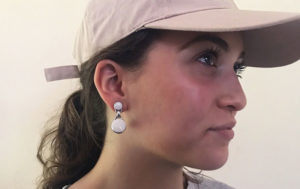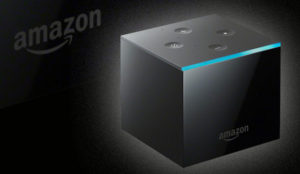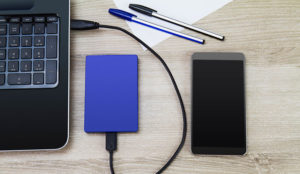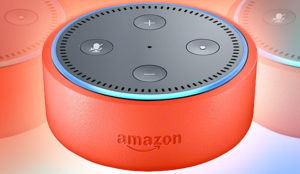
Google has added to its portfolio of robotics acquisitions by snapping up Boston Dynamics, according to The New York Times.
The company has conceived research robots for the military and is renowned for its agile robots that have a firm sense of balance. One can run faster than any human.
Boston Dynamics was founded in 1992, and while it has not sold commercial robots, it has carried out extensive research and experimentation in the robotics field. In its early days, it consulted with Sony for consumer machines such as the robotic dog, Aibo. It works with the Pentagon, including collaboration with the Defense Advanced Research Projects Agency.
The company has a US$10.8 million contract to supply DARPA with humanoid robots to take part in the Darpa Robotics Challenge. The two-year contest, which carries a $2 million prize, is aimed at producing a string of robots that can work effectively in natural disasters and other situations that pose high risks to human rescuers. Google reportedly plans to honor existing military contracts but has no plans to move into military contracting itself.
Agile Robots
Boston Dynamics is notable for robots that can climb hills and walls and traverse snowy landscapes. Its Cheetah robot set a robot land speed record earlier this year of 29 miles per hour — that’s one mile per hour quicker than 100-meter world record holder Usain Bolt.
Boston Dynamics is the eighth robotics firm Google has acquired in the last six months. Many of the other firms are based in the U.S. and Japan, and are pioneers in fields such as computer vision and grasping technology.
Vision Not Clear
It is not yet clear what Google intends to do with Boston Dynamics and the other robotics firms it has scooped up lately. The company is making a clear push into hardware, as evidenced by products such as Google Glass, its Chromebook laptops, and its purchase of Motorola.
The shift into robotics may turn out to be part of a larger play into autonomous systems. Andy Rubin, cofounder of Android and Google’s former senior vice president of mobile and digital content, is overseeing the robotics project.
Sensors of the Future
Rubin has expressed interest in developing advanced sensor technology, which “allows for the autonomous robots, being able to move and react to the environment around them rather than being in fixed positions or tethered,” Jim McGregor, principal analyst at Tirias Research, told TechNewsWorld. “Sensors are a key development across all electronics platforms going forward.”
Rubin also has indicated that initial product development is unlikely to drag on, according to the NYT. That suggests commercial robots could hit the market within the next few years.
“I doubt that Google is deviating from the efforts that were already under way, such as the military applications being developed at Boston Dynamics,” McGregor suggested.
“The first effort is to find opportunities to integrate the expertise and knowledge of each of the robotics groups they have acquired to advance their current development efforts. After that, the sky is the limit,” he said.
Internet of Things
“Google already has a lot of development on mobile robotic systems: driverless cars,” said Roger L. Kay, principal analyst at Endpoint Technologies Associates.
“But the other end of the sensor problem is the actuator problem. In the Internet of Things, the sensors are the input, and the actuators are the output. Robots are just fancy actuators,” he told TechNewsWorld.
“You want something at the other end to do something, and it may be something quite complicated,” Kay pointed out. “That’s the relationship between sensors and robots. This broad building out of the Internet of Things will affect both consumer and commercial markets greatly. I think there’ll be all sorts of robots.”





















































